Worksheet and Solutions: The Sky Above Us - Class 1 PDF Download
| Table of contents |

|
| Multiple Choice Questions |

|
| Fill in the Blanks |

|
| True or False |

|
| Match the Following |

|
Multiple Choice Questions
Q1: What are the heavenly bodies visible in the sky during the day?
- A) Stars
- B) Sun
- C) Moon
- D) All of the above
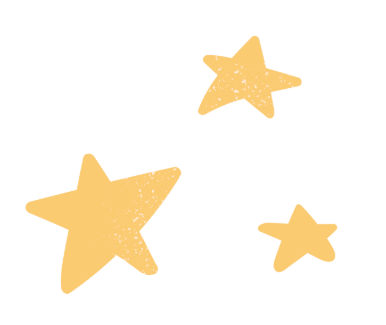
Ans: D) All of the above
We can sometimes see the sun, the moon, and even some stars during the day.
Q2: Which of the following is a natural satellite?
- A) Sun
- B) Earth
- C) Moon
- D) Stars
Ans: C) Moon
The Moon goes around the Earth. That's why it's called a natural satellite.
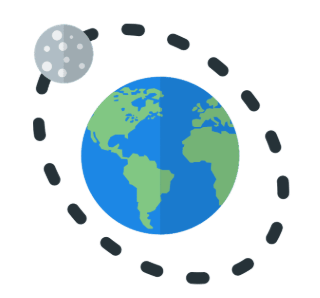
Q3: What do we call all heavenly bodies in space?
- A) Galaxy
- B) Universe
- C) Atmosphere
- D) Solar System
Ans: B) Universe
The Universe is very big. It has everything, like stars, planets, and moons.
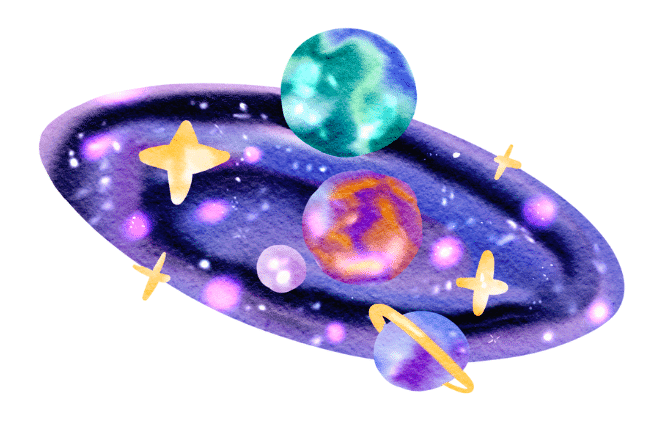
Q4: Which object is visible in the sky at night?
- A) Clouds
- B) Sun
- C) Stars
- D) Aeroplanes
Ans: C) Stars
Stars shine at night. We can see them twinkling in the sky.
Q5: What does the sky look like during the day?
- A) Dark
- B) Bright
- C) Cloudy
- D) All of the above
Ans: B) Bright
The sky looks bright during the day because of sunlight.
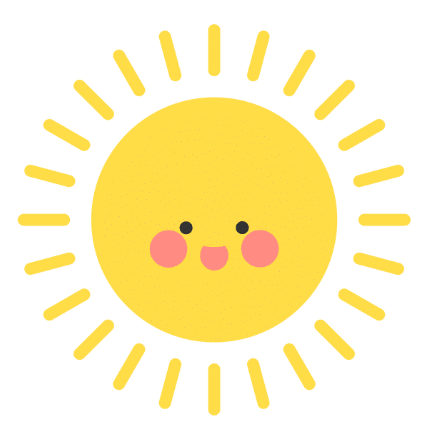
Fill in the Blanks
Q1: The sun is a __________.
Ans: star
The Sun is a star. It gives us heat and light.
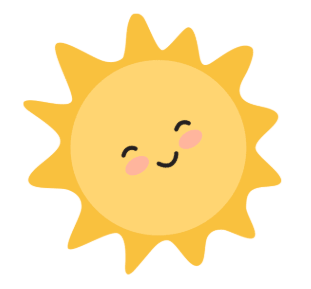
Q2: The __________ is a natural satellite of the Earth.
Ans: moon
The Moon moves around the Earth and shines at night.
Q3: The sky looks __________ during the night.
Ans: dark
At night, the sky is dark because there is no sunlight.
Q4: The __________ are visible in the sky during the night.
Ans: stars
Stars twinkle and shine in the night sky.
Q5: We can see __________ in the sky during the day.
Ans: clouds, birds, aeroplanes, or sun
We see many things in the daytime sky, like birds, clouds, aeroplanes, or the sun.

True or False
Q1: The moon is a planet.
Ans: False
The Moon is not a planet. It is Earth's natural satellite.
Q2: The universe includes all heavenly bodies.
Ans: True
Universe means everything that's in space, like planets, stars, and moons.
Q3: We can see the sun at night.
Ans: False
We can't see the sun at night because it's on the other side of the Earth.
Q4: Birds can be seen in the sky during the day.
Ans: True
Birds fly in the sky during the day.
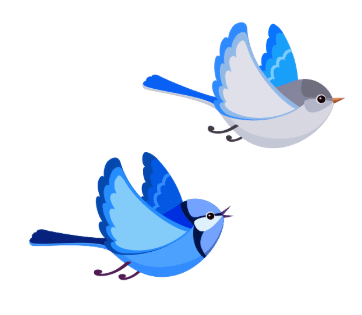
Q5: Stars are visible during the day.
Ans: False
Stars shine at night. During the day, sunlight makes it hard to see them.
Match the Following
| Column A | Column B |
|---|---|
| 1) Sun | A) Natural Satellite |
| 2) Moon | B) Heavenly Body |
| 3) Stars | C) Bright object in the sky |
| 4) Universe | D) All heavenly bodies in space |
| 5) Earth | E) Planet |
Ans:
1) Sun - C) Bright object in the sky
2) Moon - A) Natural Satellite
3) Stars - B) Heavenly Body
4) Universe - D) All heavenly bodies in space
5) Earth - E) Planet
Sol:
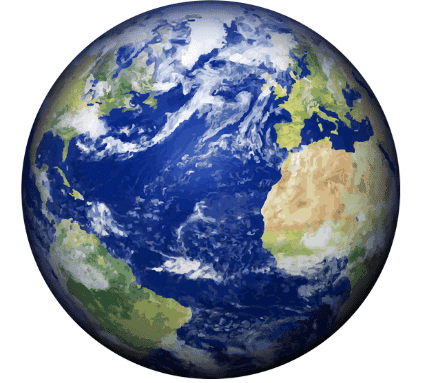
Sun - C) Bright object in the sky
The sun shines brightly and gives us daytime.Moon - A) Natural Satellite
The moon is a natural satellite that moves around Earth.Stars - B) Heavenly Body
Stars are shiny heavenly bodies in space.Universe - D) All heavenly bodies in space
The universe includes stars, planets, moons—everything in space!Earth - E) Planet
Earth is the planet we live on.
FAQs on Worksheet and Solutions: The Sky Above Us - Class 1
| 1. What is "The Sky Above Us" about? |  |
| 2. How can I help my child understand the concepts in "The Sky Above Us"? |  |
| 3. What activities can be done related to "The Sky Above Us"? |  |
| 4. Are there any specific vocabulary words that my child should learn from this article? |  |
| 5. How is the content structured in "The Sky Above Us" for Class 1 students? |  |



















